What are the must have gear essentials for ultralight backpacking? It’s about choosing the few, critical items that blend lightness with utility. This guide zeroes in on necessary gear across categories like shelter, sleep, carry, attire, and nutrition, designed to equip you for efficiency on the trail.
Key Takeaways
- The ‘Big Three’ essentials for ultralight backpacking are a lightweight tent, a high warmth-to-weight ratio sleeping bag, and a comfortable, durable backpack, which are foundational to minimize pack weight and enhance the trail experience.
- An ultralight sleep system emphasizes comfort and insulation with choices like lightweight sleeping pads, down insulation sleeping bags, and quilts as alternatives, aiming to reduce weight without sacrificing sleep quality.
- Smart packing for ultralight backpacking extends to clothing with a focus on layering, using materials like merino wool or polyester for base layers, selecting ultralight rain gear, and choosing between trail runners or hiking boots based on weight and comfort.
The Core Trio: Shelter, Sleep System, and Backpack
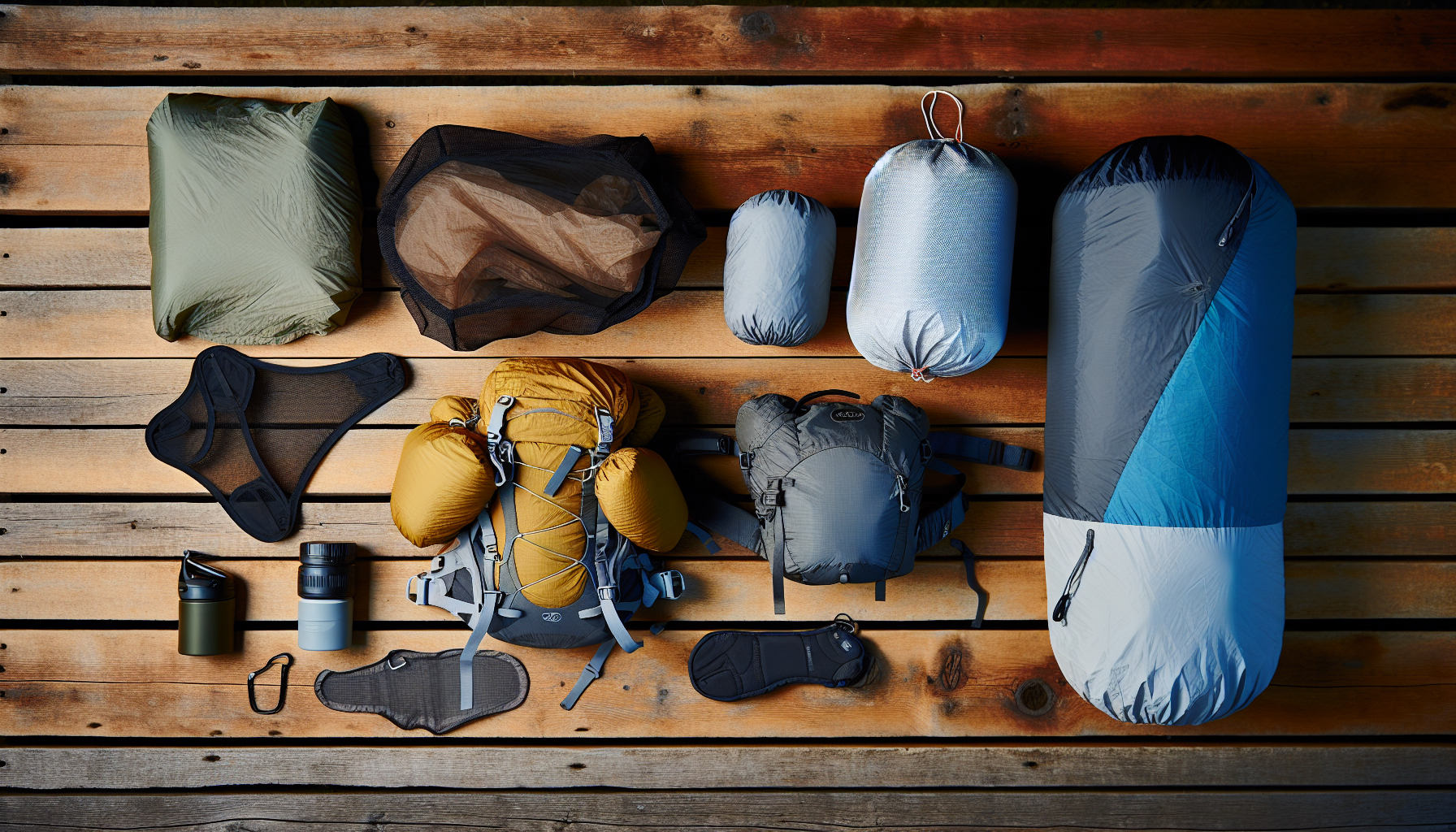
At the heart of ultralight backpacking lies the ‘Big Three’ - the shelter, sleep system, and backpack. These three elements form the foundation of your lightweight pack and play a significant role in defining your backpacking experience.
Ultralight backpacking goes beyond simply carrying less; it involves strategic packing. It’s a mentality and style that focuses on the essential gear for efficiency on the trail.
Ultralight Tent: Choosing Your Mobile Home
The first of the ‘Big Three’ is your tent, your mobile home away from home. Crafting an ultralight backpacking gear list starts with selecting a tent that is designed to minimize weight without compromising on comfort and protection.
Typically, an ultralight tent weighs between 2 and 3 pounds, with sizes varying according to the number of occupants and expected weather conditions.
Sleeping Bag: Securing Warmth-to-Weight Efficiency

Next up is the sleep system, the cornerstone of your rest and rejuvenation in the wilderness. And at the heart of this system is the sleeping bag - a key player in securing warmth and comfort during your nights under the stars.
The effectiveness of an ultralight sleeping bag heavily depends on its warmth-to-weight ratio. This ratio is crucial for keeping the base weight low while ensuring adequate warmth during chilly nights in the backcountry.
Ultralight Backpack: Carrying Comfort and Durability
The last element of the core trio is your backpack, acting as a carrier for your vital supplies during your trail journey. The choice of backpack can make or break your ultralight backpacking experience.
Ultralight backpacks prioritize comfort through features like comfortable shoulder straps, simplified internal frames for load distribution, and minimal hip belts.
Sleep Well: The Ultimate Ultralight Sleep System
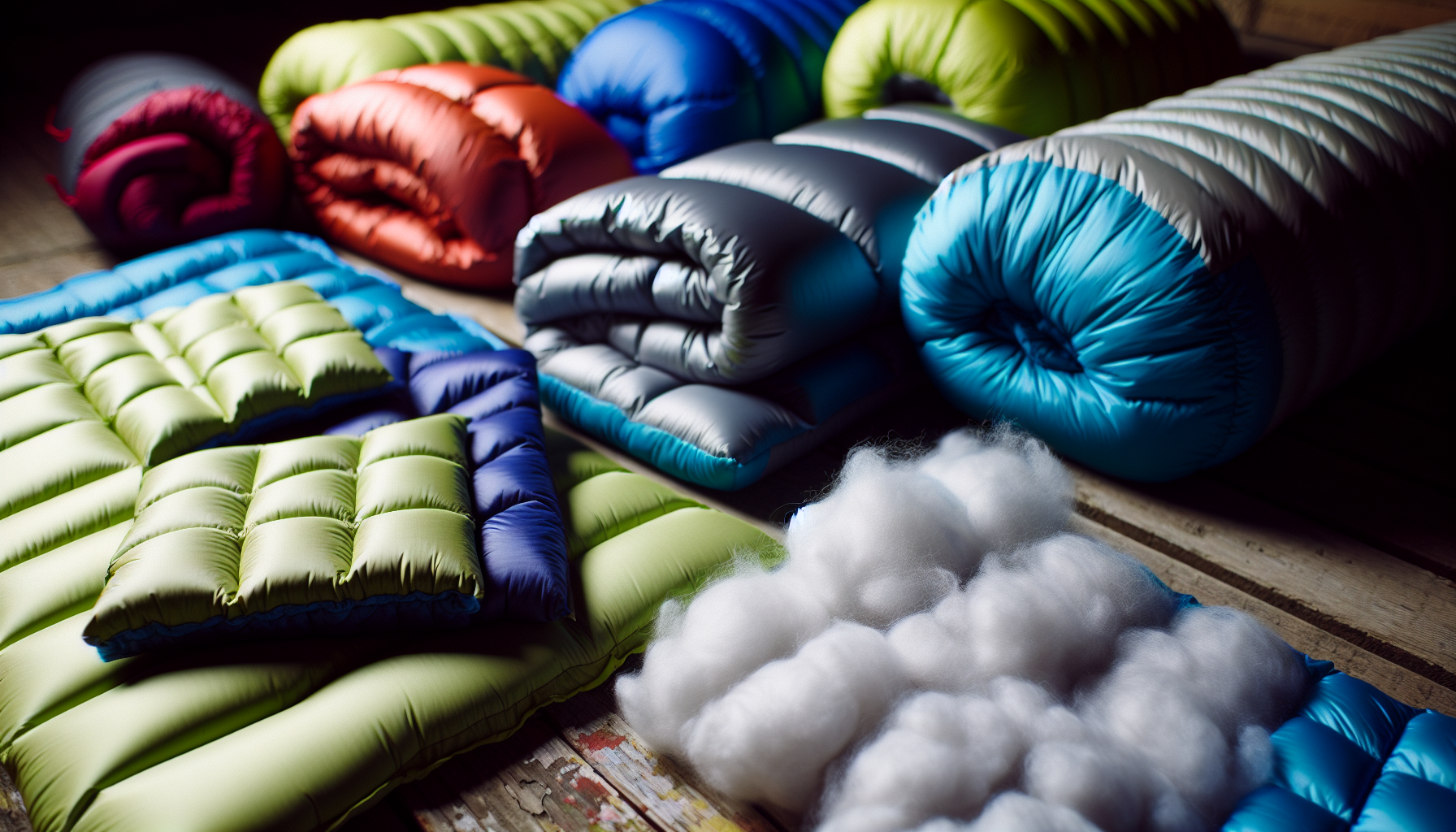
Although a good night’s sleep may not typically come to mind when thinking about backpacking, this perception can be altered. Crafting an ultralight sleep system involves a careful selection of lightweight sleeping pads, down insulation, and quilts as alternatives to traditional sleeping bags.
Sleeping Pads: Balancing Insulation and Weight
Despite often being overlooked, sleeping pads play a crucial role in an ultralight sleep system. They not only provide comfort but also act as a crucial barrier against the cold ground, providing the much-needed insulation.
The choice between foam sleeping pads and air pads depends on a variety of factors, including your comfort preference, the terrain, and the weather conditions you’ll be encountering.
Sleeping Quilt: An Alternative to Traditional Bags
Have you ever considered using a quilt instead of a traditional sleeping bag? Ultralight backpackers swear by sleeping quilts as a lighter and more compressible alternative to sleeping bags. But why is that?
Well, unlike mummy sleeping bags, quilts are designed with an open back, allowing for a sleeping pad for bottom insulation. This design eliminates the need for materials on the underside, thereby saving weight.
Dress Smart: Ultralight Apparel Essentials

Appropriate dressing is a key aspect of ultralight backpacking. The right clothing can make the difference between a trek filled with discomfort and a journey marked by joy. But what does ‘dressing appropriately’ mean in the context of ultralight backpacking? It’s all about layering and selecting apparel that offers water resistance and breathability.
Base Layers and Insulation
Let’s start with the base - your base layers. These are the clothes that sit closest to your skin, and their job is to regulate your body temperature by wicking away sweat and keeping you dry. When it comes to base layers and insulation, hikers have a few options: polyester, polypropylene, and merino wool.
Rain Gear: Staying Dry Without the Bulk
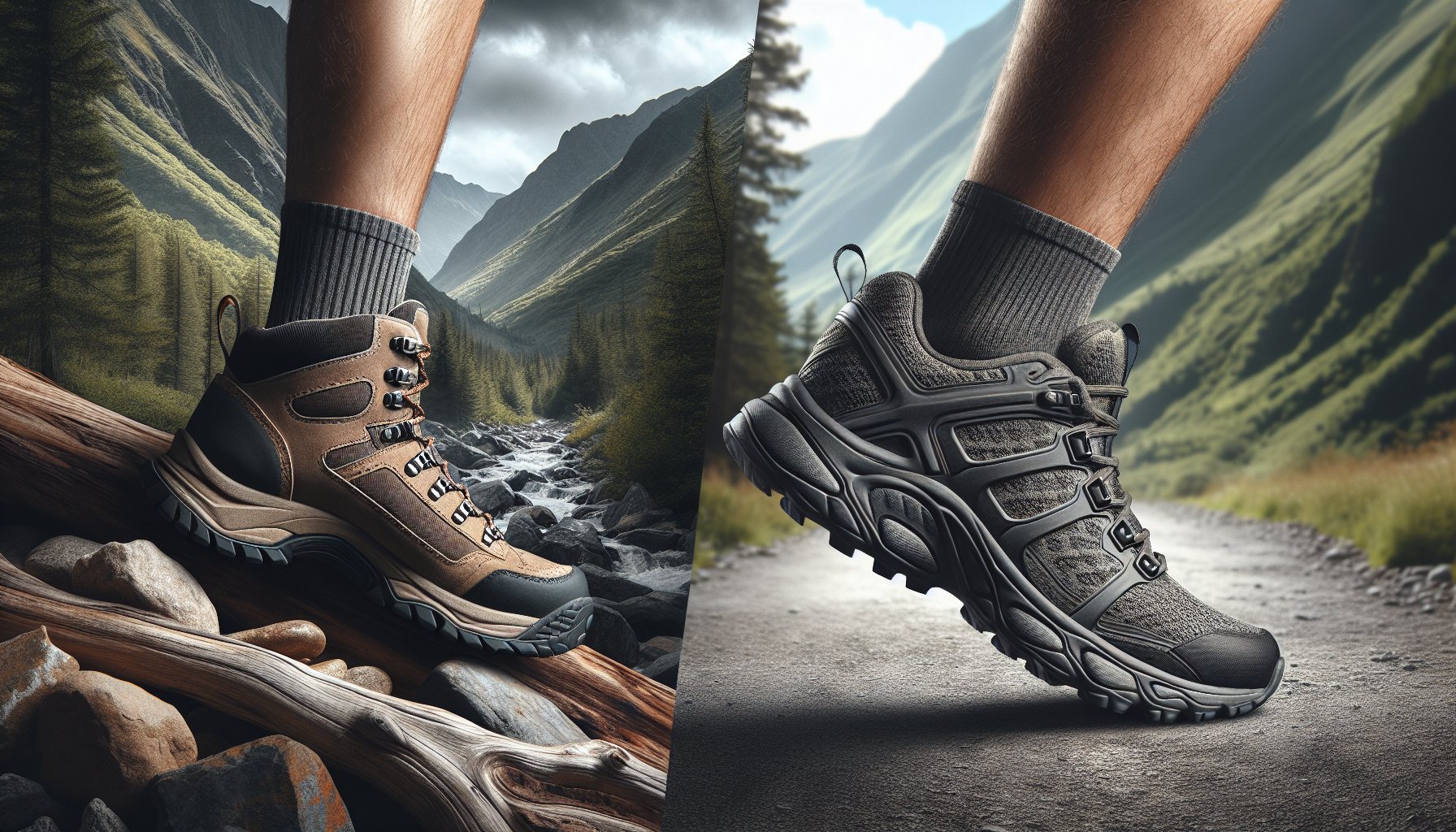
When you’re in the great outdoors, the weather can be unpredictable. That’s why having reliable rain gear is essential for any ultralight backpacker. But how do you stay dry without adding unnecessary bulk to your pack? The answer lies in selecting ultralight rain gear that balances functionality and weight.
Trail Runner vs. Hiking Boots
In the world of ultralight backpacking, there’s always a debate between trail runners and hiking boots. While traditional hiking boots offer more ankle support and durability, trail runners are favored by many ultralight backpackers due to their lower weight and enhanced breathability. Hiking socks can play a role in this decision as well.
Hydration and Nutrition: Lightweight Solutions
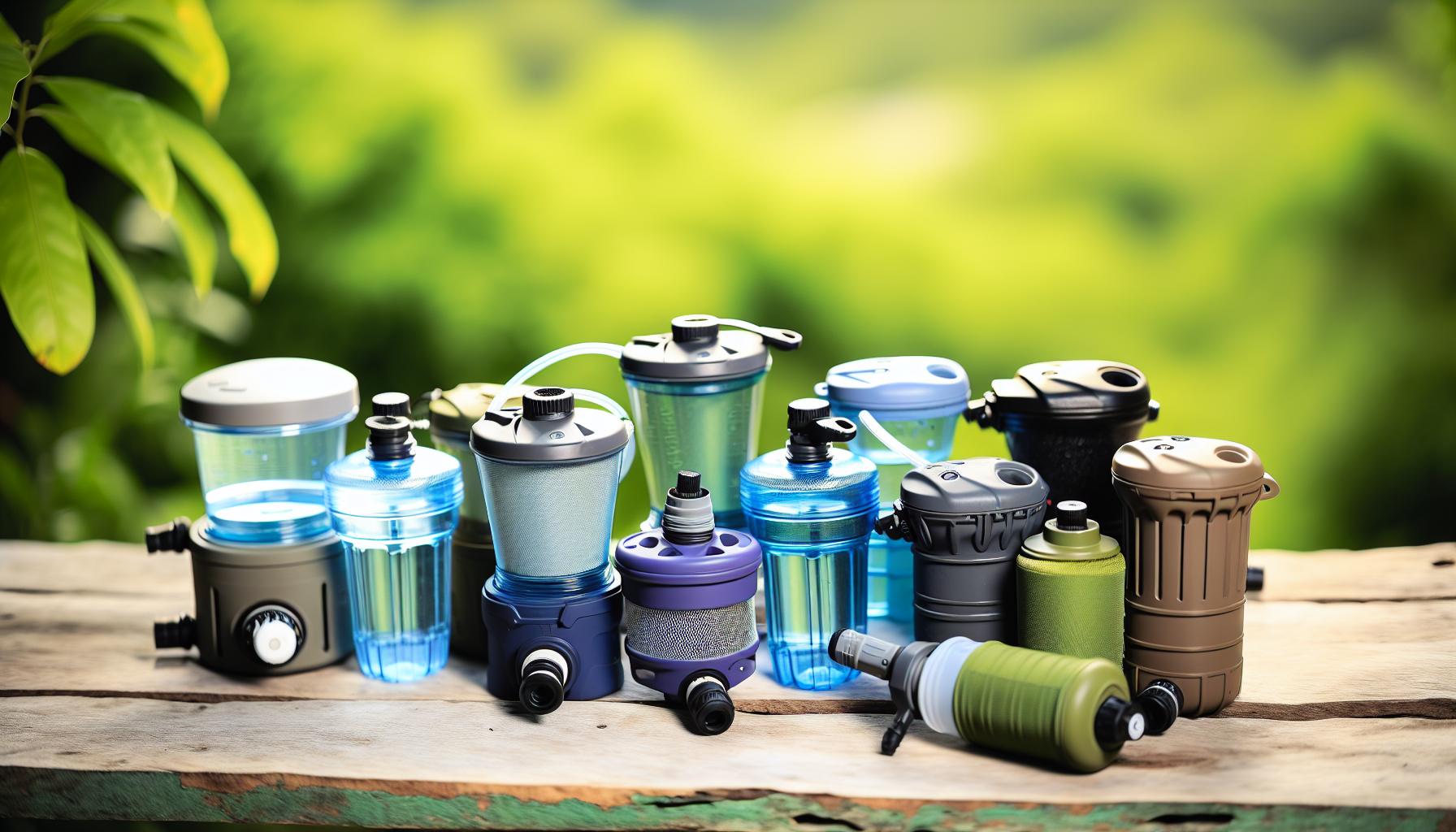
Despite the minimalist approach of ultralight backpacking, hydration and nutrition are two areas where compromise is not an option. Balancing the need for sufficient water and high-energy food with the desire to keep the pack as light as possible is a challenge. But with smart choices, it’s entirely possible to meet this challenge head-on.
Water Filtration: Keeping it Light and Safe
Water is life, especially on the trail. Staying hydrated is crucial for maintaining your energy levels and overall health during your backpacking adventure. But carrying all the water you’ll need isn’t feasible when you’re trying to keep your pack light.
This is where a compact, lightweight water filtration system comes in handy.
Food Planning: High Energy, Low Weight
When it comes to nutrition on the trail, it’s not about how much you carry, but what you carry. The key is to pack high-energy, low-weight foods that provide the nutrients you need without weighing you down.
Accessorize Wisely: Selecting Additional Ultralight Gear
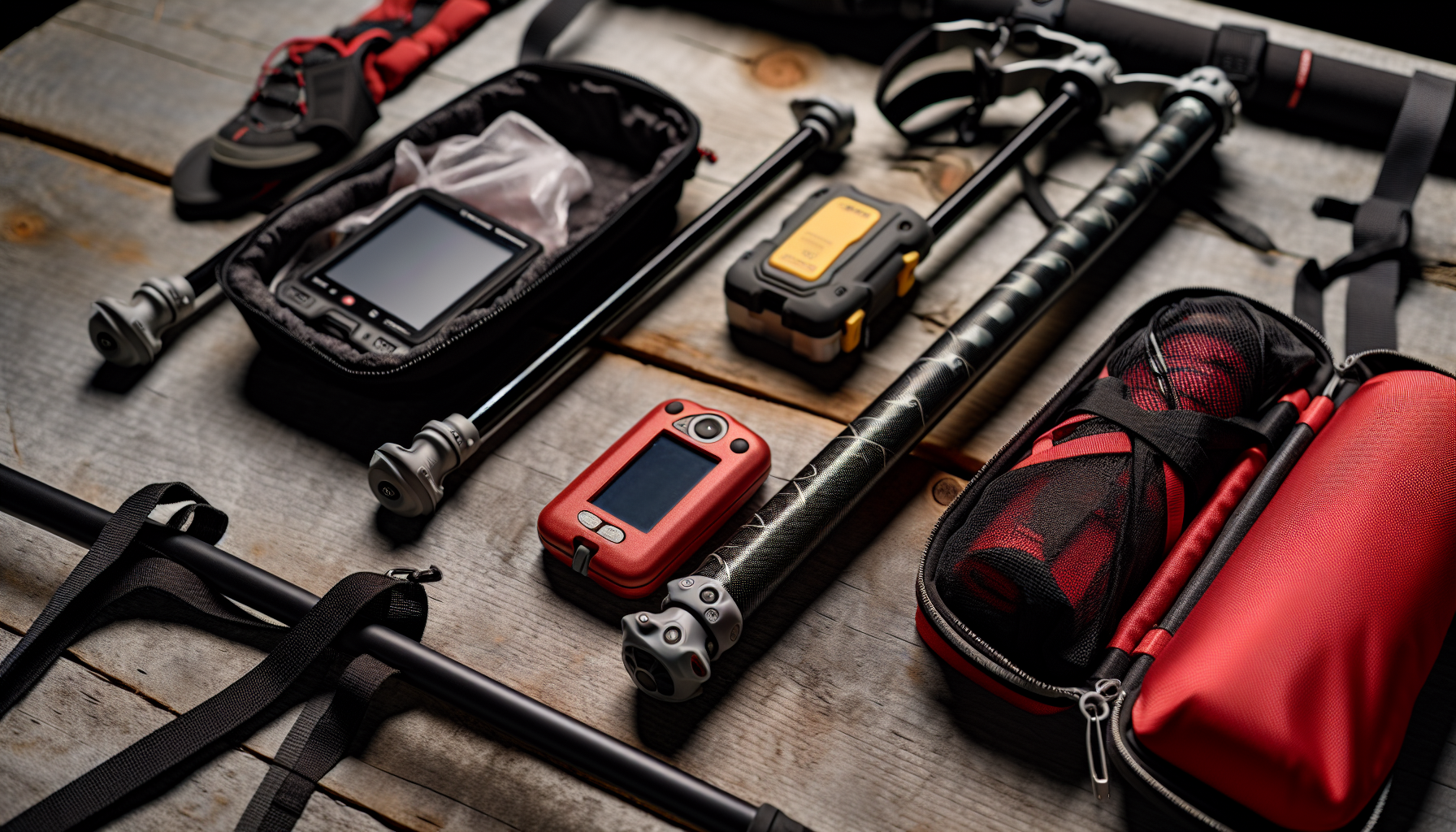
While the ‘Big Three’ and appropriate clothing constitute the core of your ultralight backpacking gear, a handful of extra items can significantly elevate your backpacking experience. To ensure you have everything you need, it’s a good idea to consult an ultralight backpacking gear checklist and consider assembling an ultralight backpacking gear kit. Items like trekking poles, first aid kits, and navigation tools may not be essential for survival, but they can significantly improve your comfort, safety, and enjoyment on the trail.
Trekking Poles: Support and Versatility
Trekking poles are one of those additional items that many ultralight backpackers swear by. They offer multiple benefits - from providing stability on tricky terrains to reducing strain on your knees and back. But that’s not all; trekking poles also double up as tent poles for certain ultralight tents, offering a dual benefit that’s hard to ignore.
First Aid Kit: Compact Emergency Preparedness
Let’s face it - accidents can happen, even on the most well-planned backpacking trips. This is where a compact first aid kit comes in. It won’t take up much space in your pack, but it can be a lifesaver in an emergency.
Navigation and Electronics
In the wilderness, losing your way is easier than you might think. That’s why having reliable navigation tools is essential. But how do you ensure your navigation tools don’t add unnecessary weight to your pack?
The answer lies in selecting efficient, lightweight devices that provide accurate navigation without being bulky.
Pack Smart: Organization and Weight Distribution
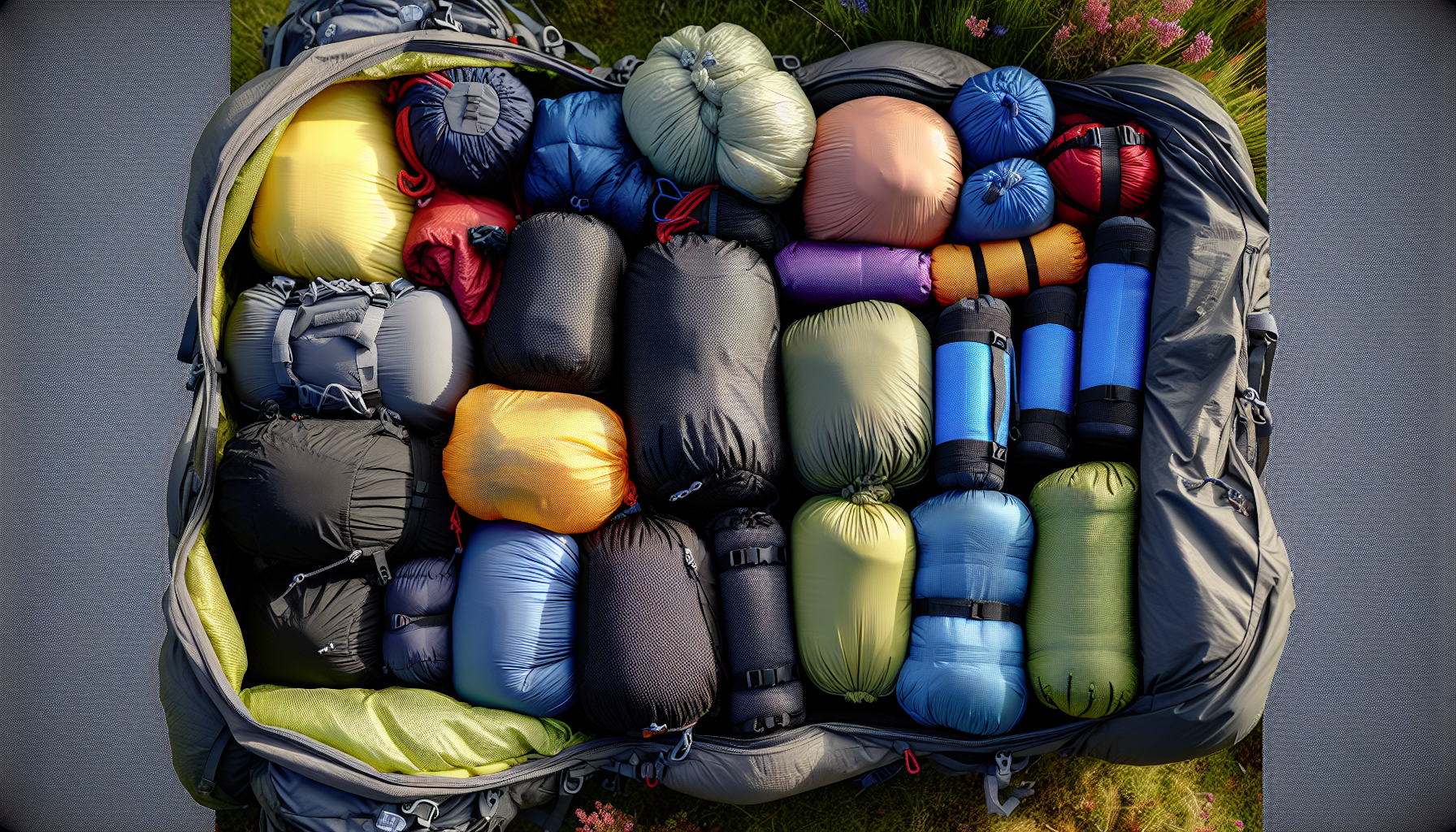
You’ve gathered your ultralight gear — the ‘Big Three’, suitable clothing, extra accessories, and high-energy food. Now, the challenge lies in packing all these efficiently.
The key to packing smart lies in understanding the principles of organization and weight distribution, including managing your pack weight effectively to save weight.
Stuff Sacks: The Key to Modular Packing
Stuff sacks are a godsend for ultralight backpackers. These lightweight, flexible bags are perfect for organizing your gear and making it easy to find exactly what you need when you need it. But just like with everything else in ultralight backpacking, it’s important to use stuff sacks judiciously to optimize space and weight.
Load Management: Balancing the Pack
Once you’ve got everything packed in your stuff sacks and ready to go, it’s time to load up your backpack. But before you start stuffing everything in, it’s important to understand the principles of load management.
The way you arrange your gear in your backpack can have a significant impact on your comfort and ease of movement on the trail.
Safety and Ethics: Responsible Ultralight Backpacking

Ultralight backpacking involves more than just carrying less; it also demands responsible packing. As an ultralight backpacker, you have a responsibility towards your own safety and towards preserving the natural environment that you’re exploring. This includes following Leave No Trace principles and being prepared for emergencies.
Bear Canisters and Food Storage
If you’re backpacking in bear territory, securing your food and scented items is crucial. Not only does this protect you and your fellow hikers from bear encounters, but it also protects the bears themselves.
This is where bear canisters come in. These containers are designed to keep your food safe from bears and other wildlife.
Repair Kit: Being Self-Sufficient
An important part of being safe and responsible on the trail is being prepared for gear failures. A repair kit is a small but crucial item that can help you address gear issues quickly and efficiently, keeping you self-sufficient and preventing small issues from escalating into major setbacks.
Some Final Thoughts
From choosing the ‘Big Three’ items to selecting the right clothing, accessories, and food, ultralight backpacking combines the thrill of adventure with the art of minimalism. With the right gear and a little planning, you can reduce your pack weight without compromising on safety or comfort, allowing you to enjoy your backpacking trips to the fullest.
FAQ's
What do ultralight backpackers carry?
Ultralight backpackers carry essential gear such as a sleeping quilt, water filter, rain jacket, trekking poles, tent, tent stakes, knife, and a down jacket. These items help reduce the overall weight of their pack for more comfortable and efficient hiking.
What is a good base weight for ultralight backpacking?
A good base weight for ultralight backpacking is usually under 10 pounds, without food or water. This means eliminating extra conveniences and investing in specialized gear to achieve the desired weight.
What are the 'Big Three' in ultralight backpacking?
The 'Big Three' in ultralight backpacking are the shelter, sleep system, and backpack, forming the foundation of your lightweight pack. These items are crucial for reducing overall pack weight and ensuring a comfortable and efficient trek.
Why are sleeping quilts used instead of sleeping bags?
Sleeping quilts are preferred over sleeping bags because they are lighter, more compressible, and eliminate the need for materials on the underside, making them more efficient for backpacking and camping.
What is the role of trekking poles in ultralight backpacking?
Trekking poles provide support and stability on the trail and can serve as support structures for ultralight tents. They are essential for ultralight backpacking.
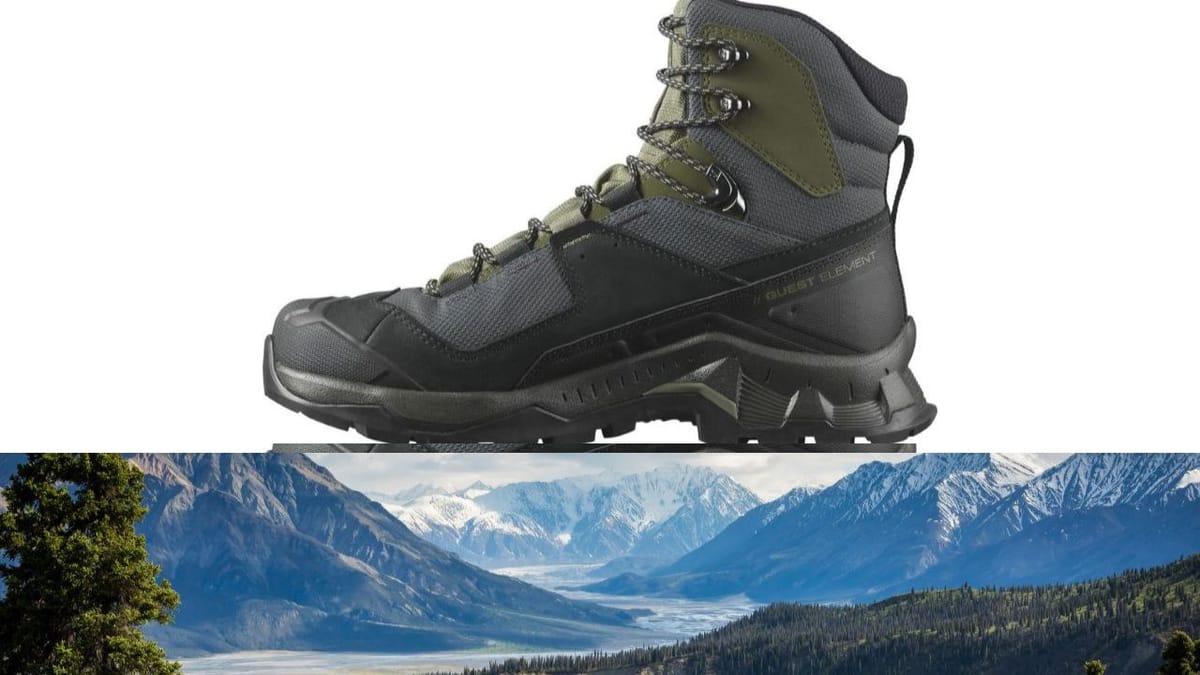


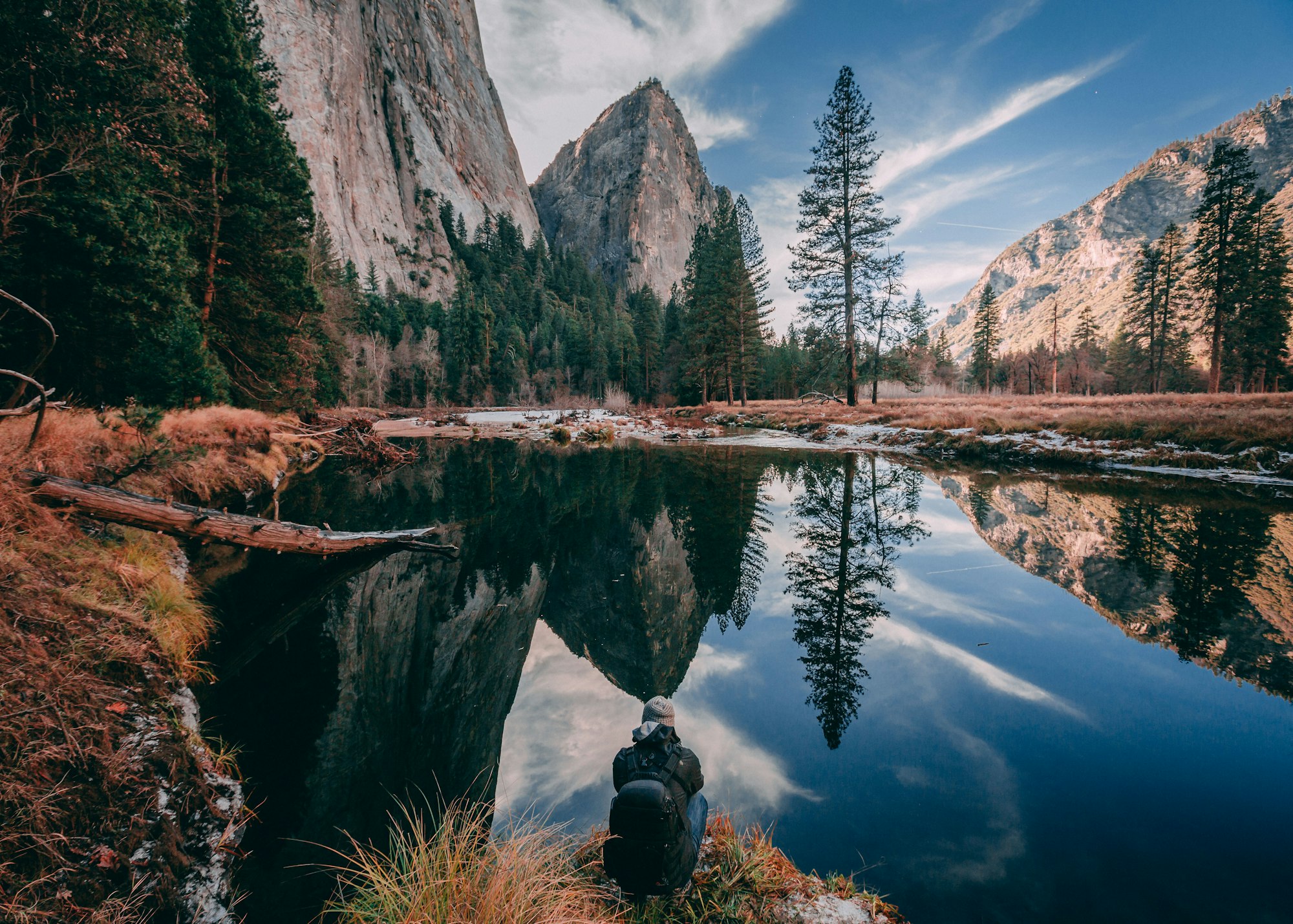









Member discussion